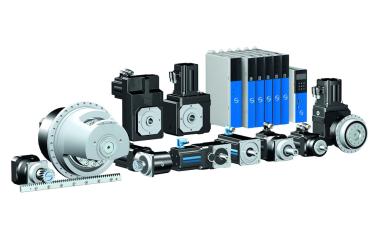Eine Million mal heller als die Sonne
Ein neuer leistungsstarker Weißlichtlaser soll die Qualitätskontrolle in der Halbleiterindustrie beschleunigen und in der Mikrobiologie für eine engmaschigere Kontrolle von Toxizitätstests sorgen. In einem Schritt ermöglicht dieser die beidseitige Charakterisierung von Oberflächen und lässt sich in Produktionsketten eingliedern. Die Technologie wurde am Fraunhofer-Anwendungszentrum für Optische Messtechnik und Oberflächentechnologien (AZOM) und der Westsächsischen Hochschule Zwickau (WHZ) im Rahmen einer Doktorarbeit entwickelt.
In his PhD thesis, Dr Tobias Baselt focused on enhancing the optical performance of white-light lasers in metrology. The aim was to minimize costs, time and errors, for example in chip production or microbiology. To this end, the scientist investigated the application of white-light laser sources in two different measurement processes. The result was a new light source – a million times brighter than the sun and can be easily integrated into manufacturing processes – without having to stop them or segregate samples. Today, Baselt heads the Optical Fiber Technology group at Fraunhofer AZOM and is a research associate at the Faculty of Physical Engineering at WHZ. ”In my PhD thesis, I researched the application of specially developed laser sources with white laser light, which are particularly high-performing compared to the current state-of-the art and therefore very promising for microbiological and industrial measurement methods,” he explains.
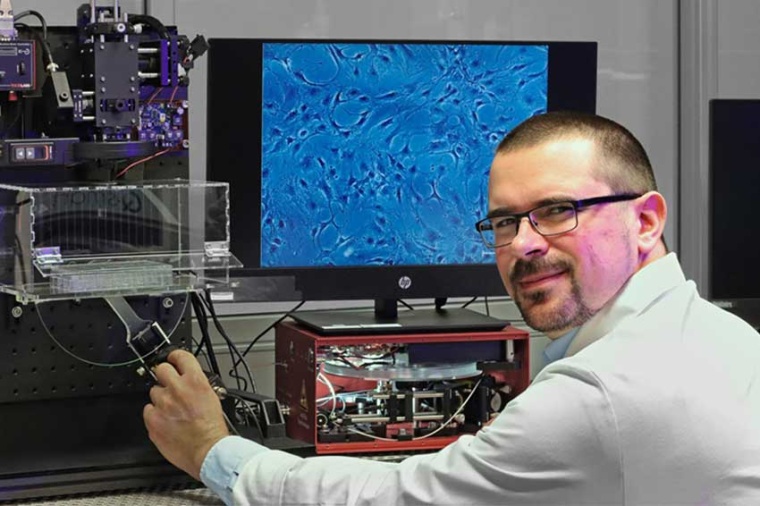

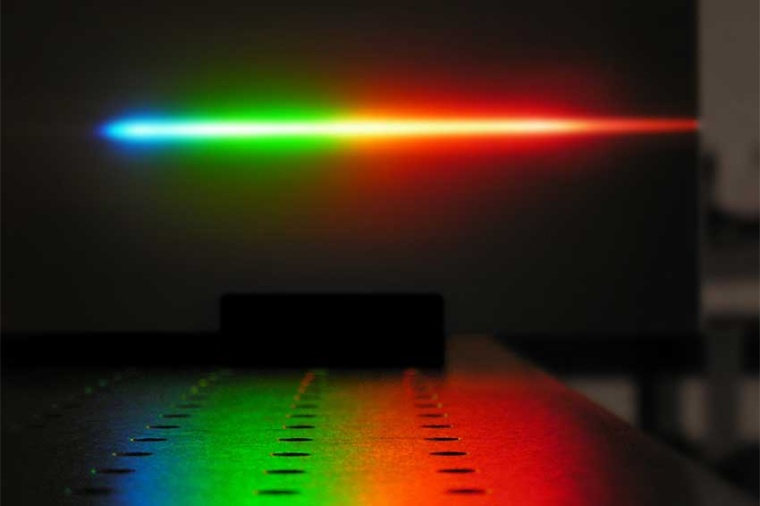
Particularly in high-cost manufacturing processes in the semiconductor industry, such as chip production, significant potential savings could thus be achieved. Baselt demonstrated that the white-light laser process can perform quality control of semiconductor elements more quickly.
For example, the intensity of the light source can be used to characterize the surface profile, deeper structures and even the reverse side of microchips in a single process. Microbiology could also benefit from the new light source, for example in cell culture studies. In this process, the white-light laser, also known as a supercontinuum source in technical jargon, is focused on the cell for a brief moment. The intensity of this light source permits the imaging of the smallest cell structures without destroying them.
With this measurement method, cells can be monitored in real time, allowing early detection of cell changes as well as cell damage. Whereas it was previously only possible to record them at fixed times, Baselt's solution makes it possible to record their states non-invasively. This allows close monitoring of the drug impacts, particularly in bioreactors or in toxicity tests. In the next steps, the laboratory results will be further investigated and developed for integration into industrial processes.
Anbieter
Fraunhofer Institut für Werkstoff- und Strahltechnik IWSWinterbergstr. 28
01277 Dresden
Deutschland
Meist gelesen
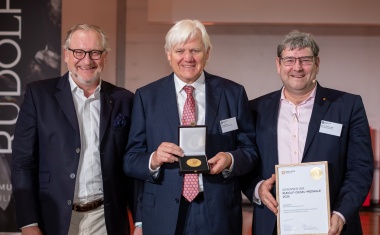
Auszeichnung für Hans Beckhoff
Hans Beckhoff erhielt am 10. Juli 2025 im MAN Museum in Augsburg die Rudolf-Diesel-Medaille in der Kategorie „Erfolgreichste Innovationsleistung“.
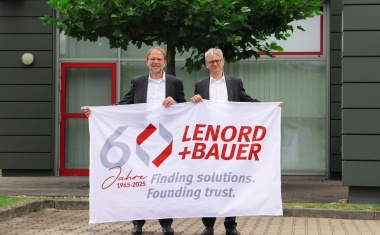
Lenord+Bauer feiert 60 Jahre
Ursprünglich ein Anbieter für Zähler und Flaschenprüfmaschinen im Ruhrgebiet, hat sich das Unternehmen zu einem globalen Spezialisten für Bewegungssensorik und integrierte Antriebstechnik entwickelt.

Nord Drivesystems startet Online-Shop in Tschechien
Das Unternehmen erweitert sein Webshop-Angebot um den tschechischen Markt mit einer angepassten Sprachversion.

AutomationsBest Award: The Winners are...
Vorstellungsrunde: Unsere Gewinner in den Kategorien Best Product und Best Solution

Qioptiq Photonics wird zu Excelitas Deutschland
Die Umbenennung ist Teil der globalen Konsolidierung des Excelitas-Konzerns.





